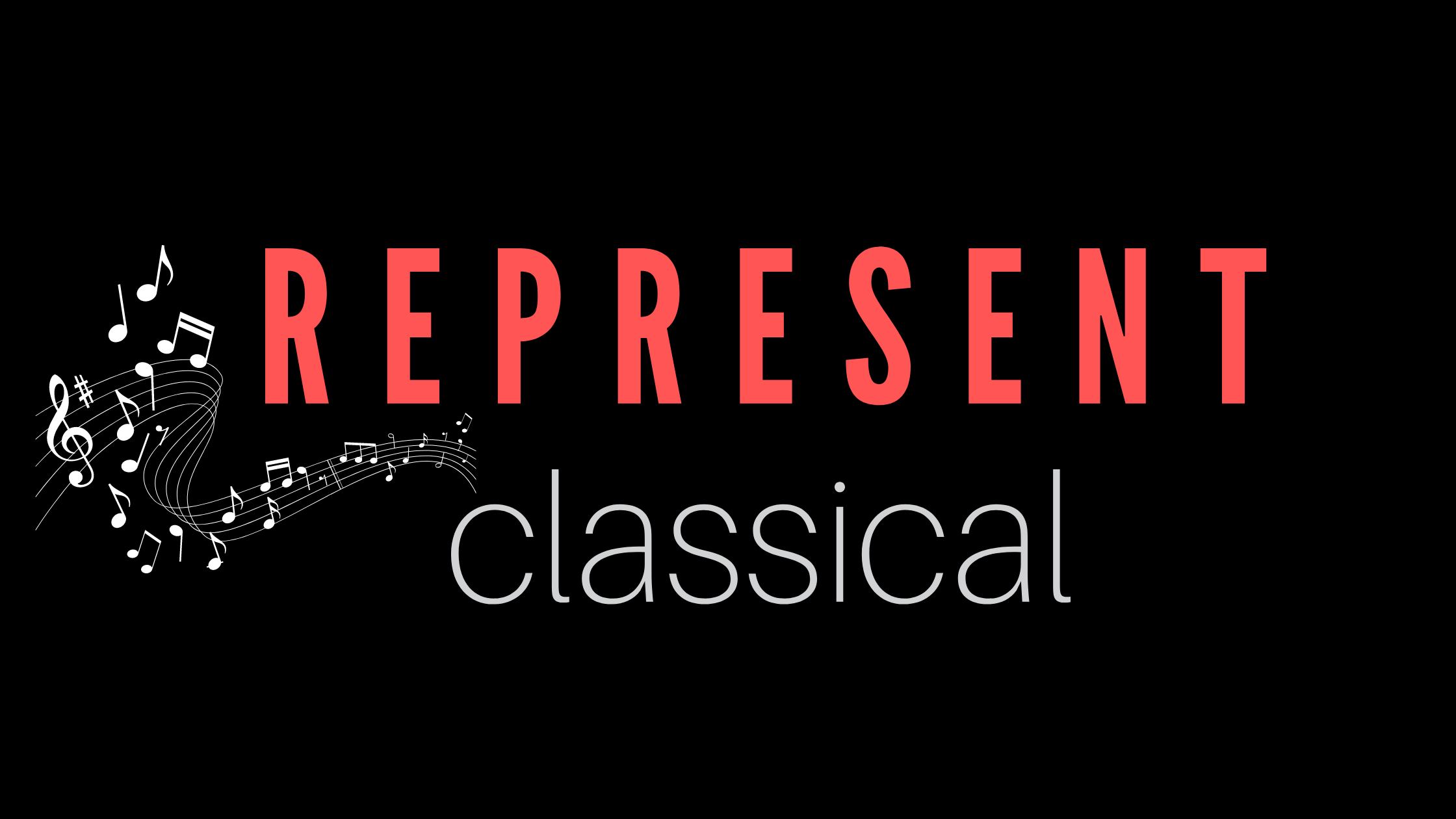Do you remember the first time you went to go see a live production of an opera? Maybe it was during a school field trip, or for a date that you wanted to impress. I’ve met people whose first experience in an opera house was born out of a pure curiosity that led to the purchase of a ticket.
Everyone has a different story about their introduction to this art form, but what isn’t engaged as much is the residual emotional impact of said introduction. For me, the introduction came by way of performing on the stage, but I wasn’t able to measure the emotional impact opera had on me until I engaged opera as an audience member.
Read More


